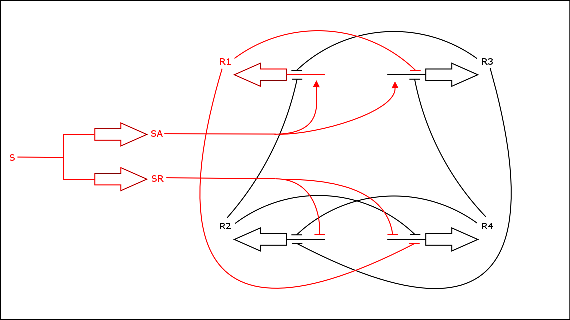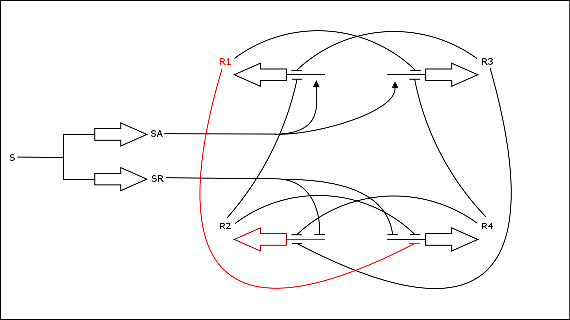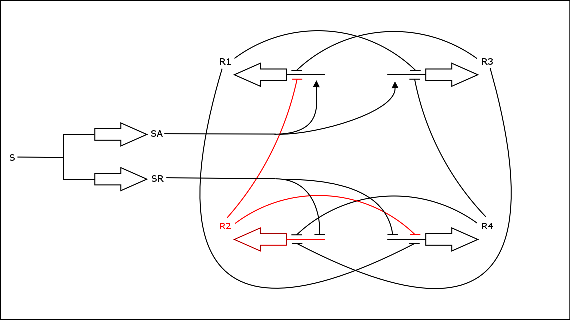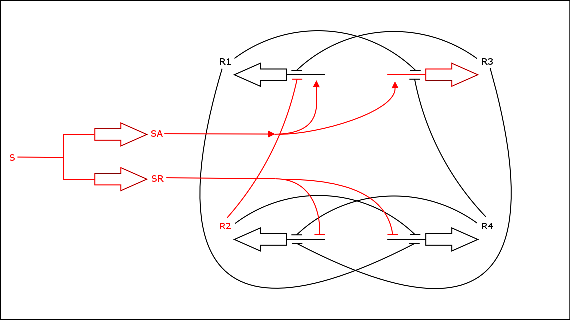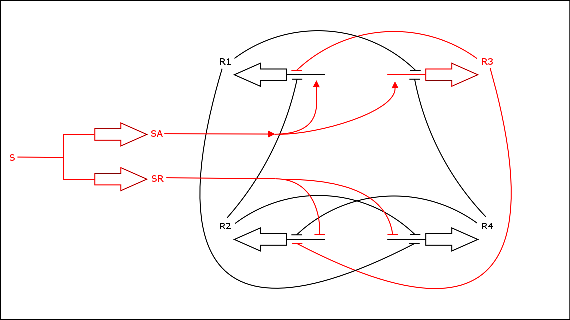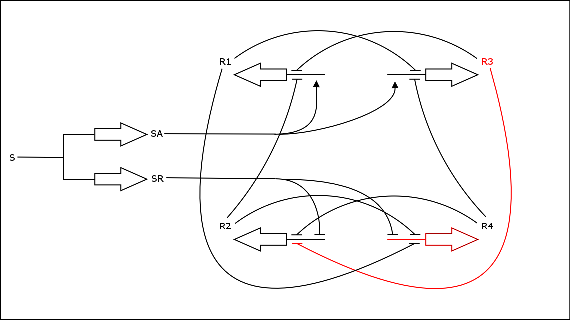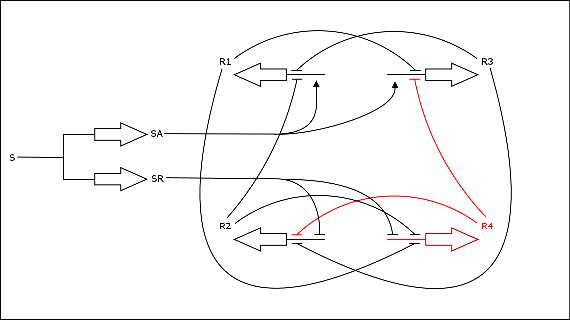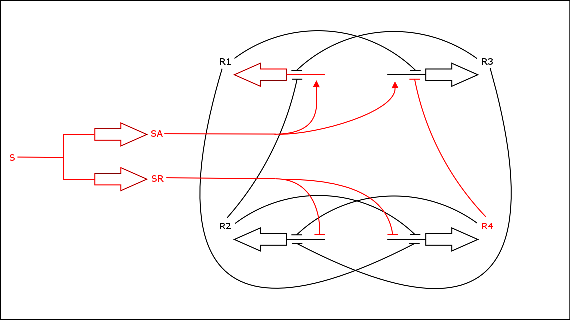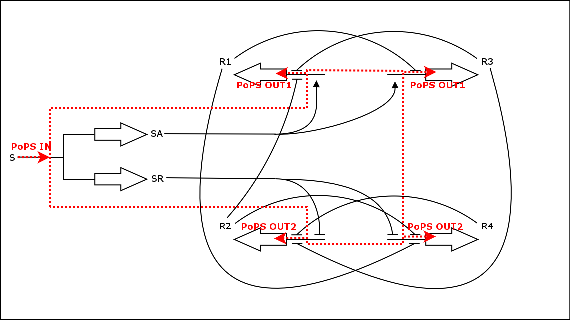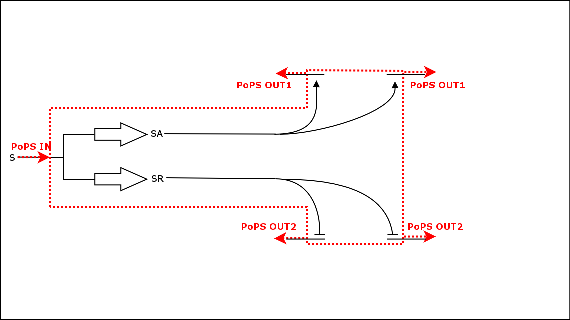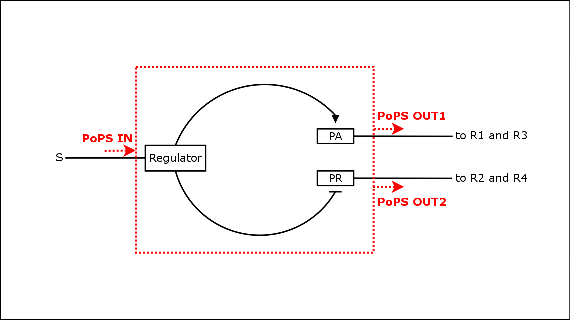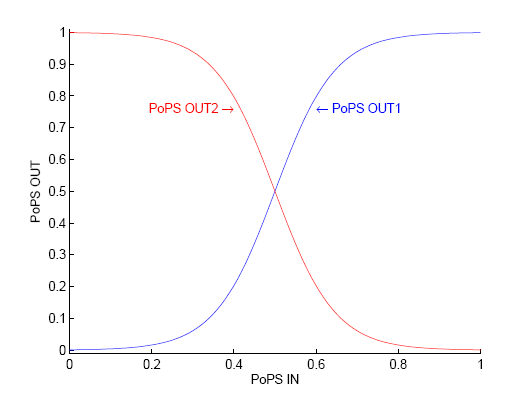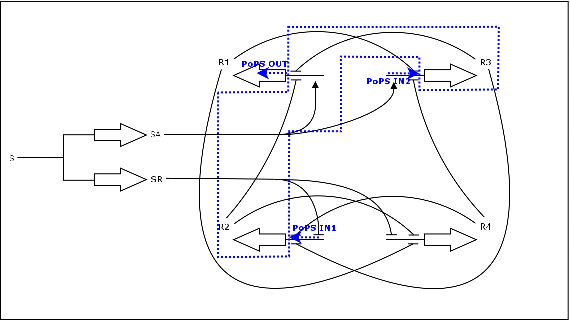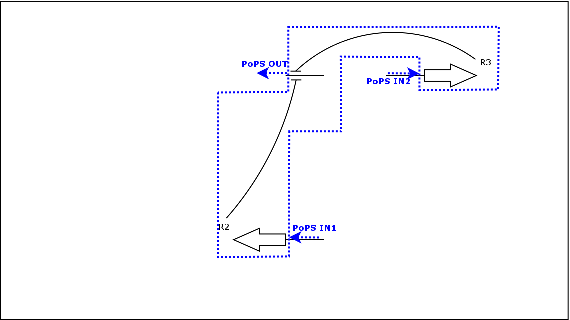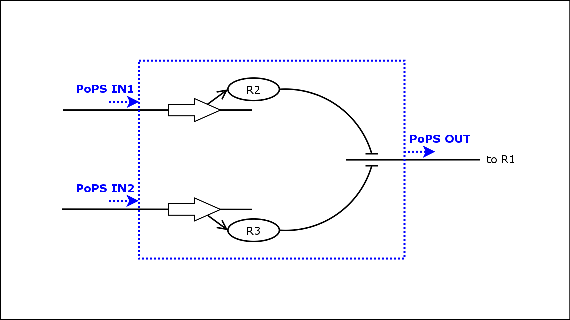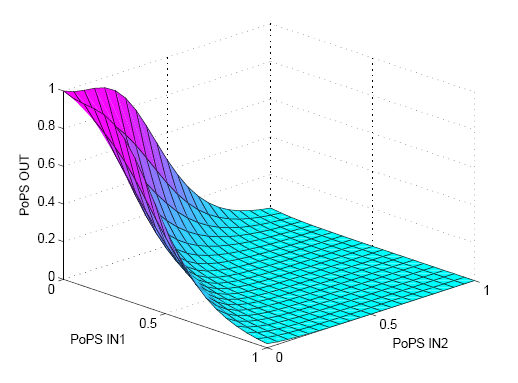Introduction
From 2006.igem.org
(→What do we want to put into the introduction?) |
|||
| Line 6: | Line 6: | ||
* brief technical overview (what does the counter do?) | * brief technical overview (what does the counter do?) | ||
* short description of the documentation structure | * short description of the documentation structure | ||
| + | |||
| + | The following two chapters could be put into a seperate chapter named 'concept'. I think that they are too big to be part of the introduction. | ||
=The step-by-step procedure= | =The step-by-step procedure= | ||
Revision as of 12:53, 13 October 2005
Contents |
What do we want to put into the introduction?
My proposal (Robin):
- who we are and what we do
- what project we selected and why we selected it (motivation)
- brief technical overview (what does the counter do?)
- short description of the documentation structure
The following two chapters could be put into a seperate chapter named 'concept'. I think that they are too big to be part of the introduction.
The step-by-step procedure
Here you can find a detailed description of the state transitions that occur in the counter. The counter has four states, R1 to R4.
- start state
S is active, R1 is active
- transition to state R2
S is deactivated, R1 is still present (but fading) and represses R4. R2 gets produced
- state R2
S is inactive, R2 is active
- transition to state R3
S is activated, R2 is still present (but fading) and represses R1. R3 gets produced
- state R3
S is active, R3 is active
- transition to state R4
S is deactivated, R3 is still present (but fading) and represses R2. R4 gets produced
- state R4
S is inactive, R4 is active
- transition to state R1 (start state)
S is activated, R4 is still present (but fading) and represses R3. R1 gets produced
- ...and we return to the start state
S is active, R1 is active
breakdown into modules
The counter can be partitiond into two (fairly) independent devices:
- Input Module
- NOR Module
Both are designed as PoPS input - PoPS output devices (as specified in the MIT nomenclature)
Input Module
In this device, we want to capsule the path from S to the R's:
If we leave away the parts that don't belong to the Input Module, we are left with
As an abstract model the Input device looks as follows:
One of the outputs (PoPS OUT1) should be high and the other (PoPS OUT2) low when the PoPS IN is high and vice versa when PoPS IN is low.
NOR Module
In this device, we want to capsule the regulatory pathways between the R's. We just pick one R as output to show the principle. If we have this device available, we can just copy it to get the regulatory pathways for the other R's.
If we leave away the parts that don't belong to the NOR Module, we are left with
As an abstract model the NOR device looks as follows:
PoPS IN1 and PoPS IN2 are connected in a NOR-like fashion to obtain PoPS OUT. If both inputs are high, the output will be repressed slightly more effective.
